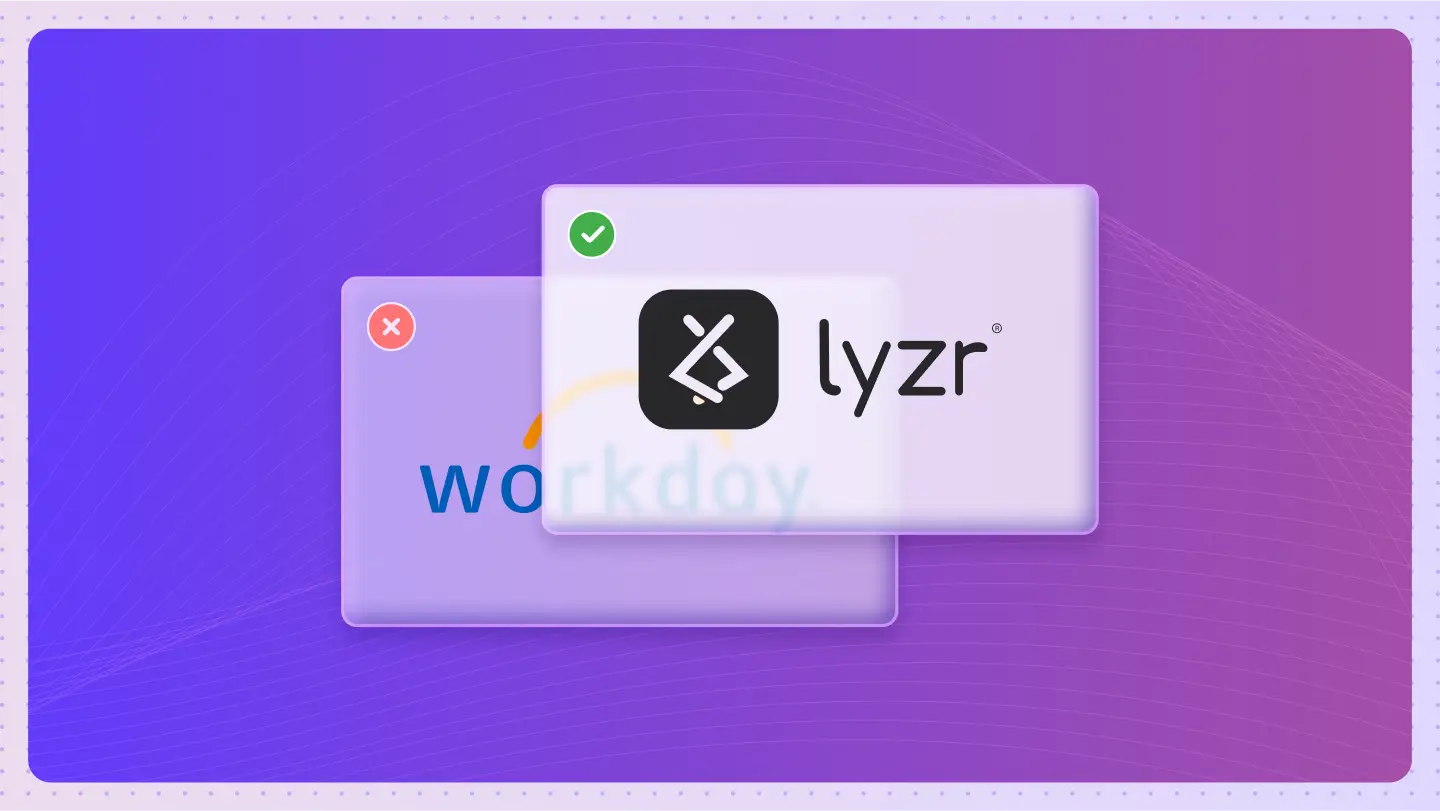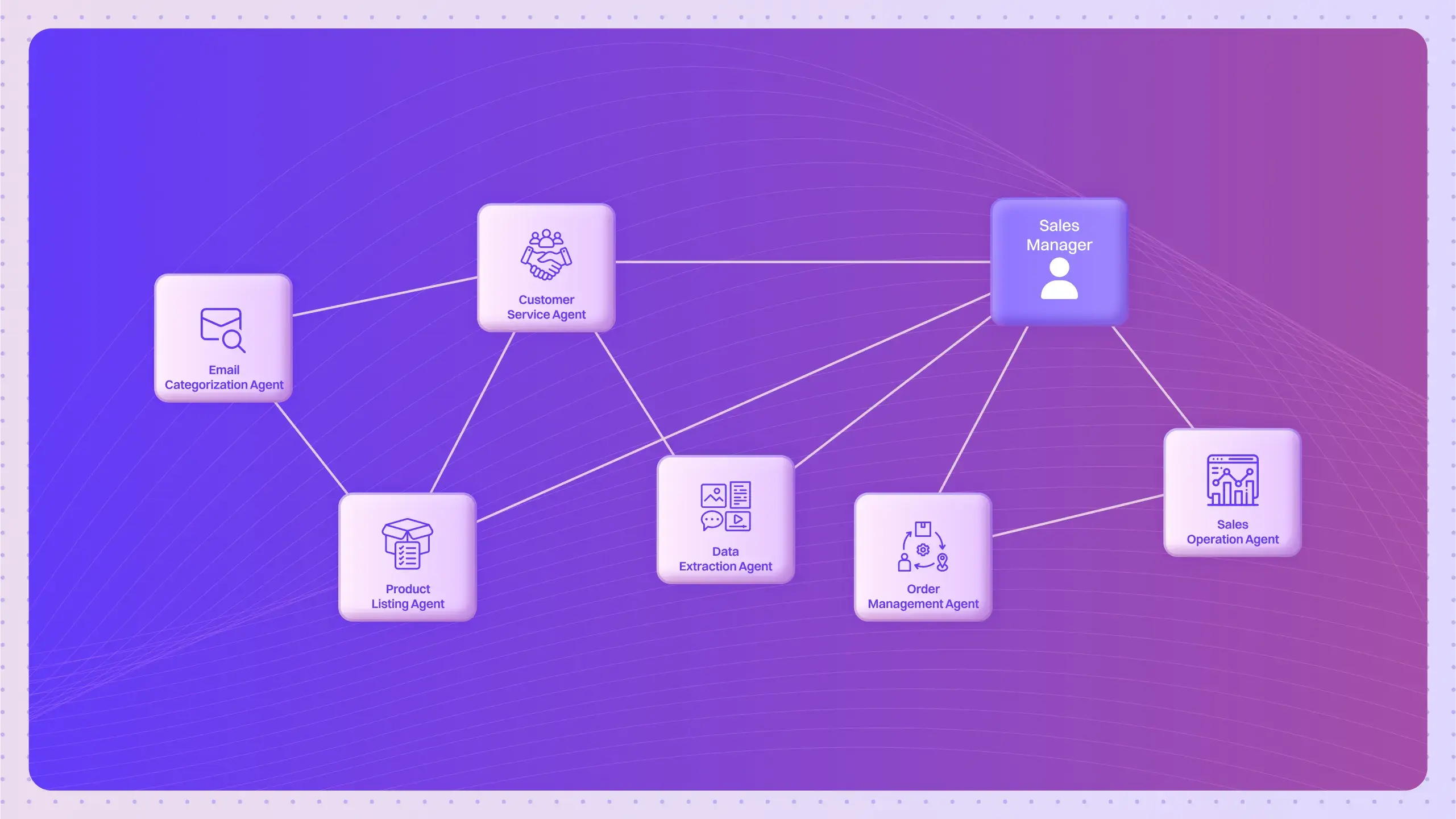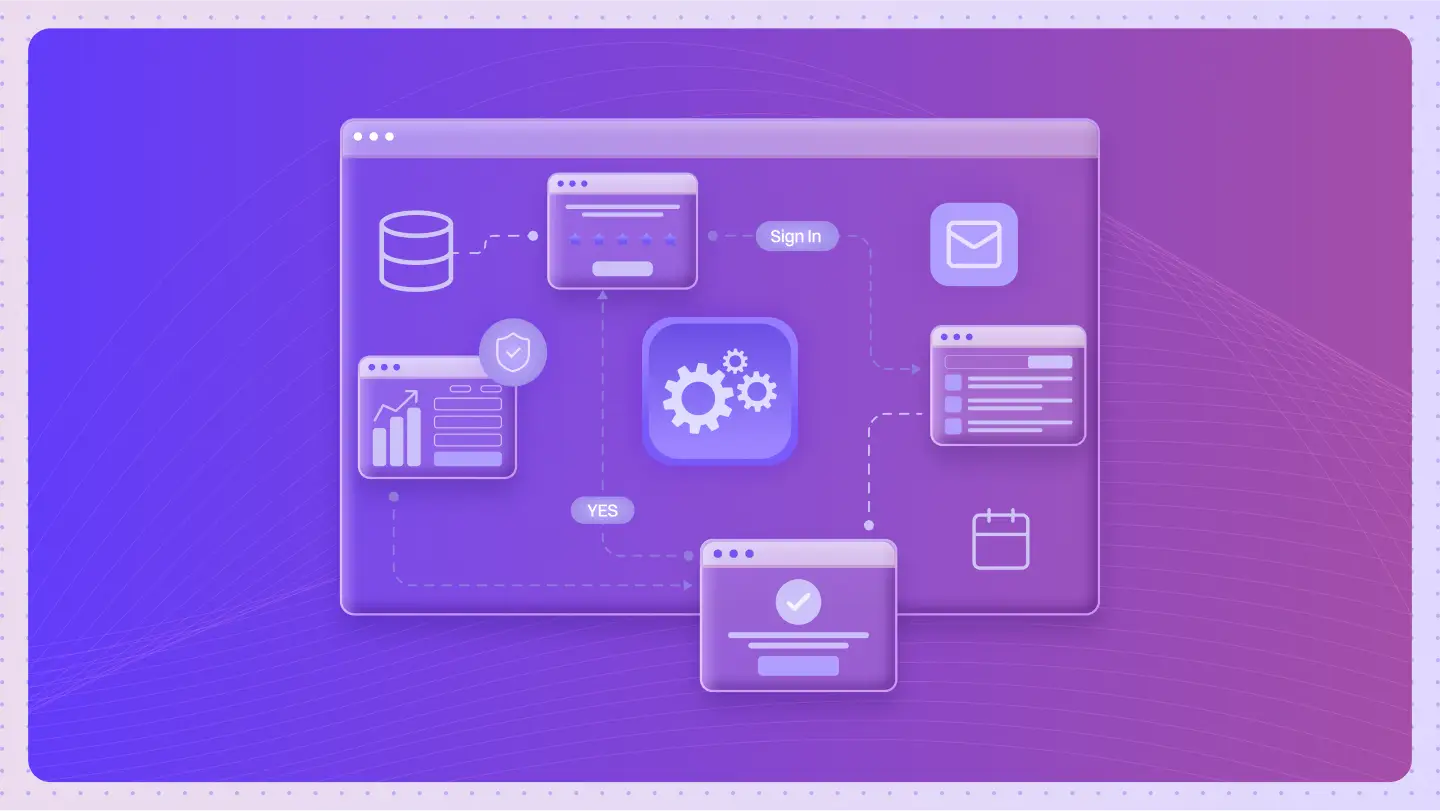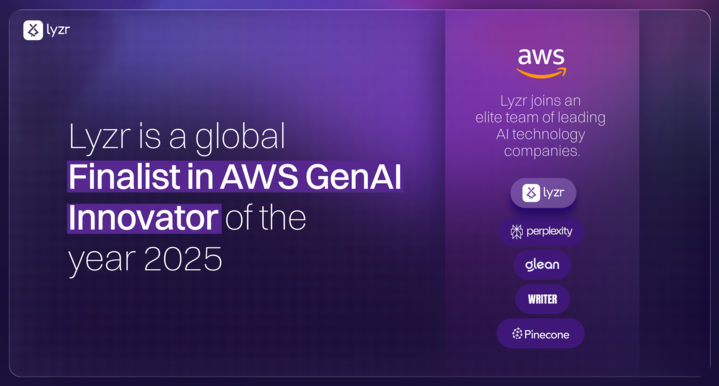What is AI Bias?
AI Bias refers to the systematic errors in algorithms that lead to unfair outcomes, impacting model performance and fairness. Addressing algorithmic bias is crucial for ethical AI, as it ensures equitable treatment and improves trust in AI systems. Key strategies for detecting and mitigating bias include diverse data collection, algorithmic audits, and continuous monitoring.
How does AI Bias operate and affect outcomes?
AI bias occurs when algorithms produce systematically prejudiced results due to erroneous assumptions in the machine learning process. This can significantly impact model outcomes and fairness, leading to unequal treatment of different groups based on race, gender, or other characteristics. Understanding how AI bias operates is crucial for developing ethical AI systems.
- Data Quality: Bias often originates from the data used to train models. If the training data is unrepresentative or contains historical prejudices, the AI will mirror those biases.
- Algorithm Design: The algorithms themselves can introduce bias through their design choices and optimization criteria, impacting how they learn from data.
- Feedback Loops: AI systems that learn from user interactions can create feedback loops, where biased outputs reinforce biased inputs.
- Evaluation Metrics: Inadequate evaluation metrics can fail to capture the fairness of the model, allowing biased systems to go unchecked.
- Mitigation Strategies: Employing diverse datasets, implementing fairness constraints, and continuously monitoring model performance are essential strategies to detect and mitigate bias.
Addressing algorithmic bias is not only beneficial for ensuring fairness and equity but also enhances the credibility and acceptance of AI technologies in various applications.
Common uses and applications of AI Bias in real-world scenarios
AI Bias is a critical issue in the development and deployment of artificial intelligence systems. It can significantly affect model outcomes and fairness across various industries. Understanding the implications of AI Bias is essential for researchers and practitioners in AI and data science. Here are some of the main applications:
- Recruitment and Hiring: AI Bias can lead to unfair hiring practices, where algorithms favor certain demographics over others, impacting diversity.
- Credit Scoring: Bias in AI can result in unequal access to financial services, where certain groups may be unfairly assessed as higher risk.
- Healthcare: AI models used in diagnostics can perpetuate biases, leading to disparities in treatment recommendations among different populations.
- Law Enforcement: Predictive policing algorithms may reinforce existing biases in law enforcement, resulting in over-policing certain communities.
- Marketing: Targeted advertising can unintentionally marginalize certain groups, leading to ethical concerns regarding representation.
Addressing these biases is crucial for ethical AI development and ensuring fair outcomes for all users.
What are the advantages of addressing AI Bias?
Addressing AI Bias is crucial for ensuring fair and ethical outcomes in artificial intelligence systems. By focusing on mitigating bias, researchers and developers can enhance the reliability and trustworthiness of AI models. Here are some key benefits:
- Improved Fairness: Reduces discrimination against marginalized groups.
- Enhanced Model Accuracy: Eliminates skewed data influences, leading to better predictions.
- Increased Trust: Builds user confidence in AI systems through transparency.
- Ethical Compliance: Aligns with regulations and standards for responsible AI use.
- Broader Applicability: Ensures AI solutions are effective across diverse populations.
- Reputation Management: Protects organizations from negative publicity and legal issues.
Implementing strategies to detect and mitigate AI bias is not just a technical necessity, but a moral imperative for creating fairer AI systems.
Are there any drawbacks or limitations associated with AI Bias?
While AI Bias is a crucial topic to address, it comes with limitations such as:
- Complexity in detection and measurement of bias.
- Potential resistance from stakeholders who may not acknowledge bias as a significant issue.
- Resource-intensive processes for ensuring bias mitigation.
- Difficulty in defining fairness across diverse contexts and populations.
These challenges can impact the accuracy and fairness of AI model outcomes, leading to ethical concerns and reduced trust in AI technologies.
Can you provide real-life examples of AI Bias in action?
For example, AI Bias is evident in the hiring algorithms used by companies like Amazon, which faced backlash for an AI tool that favored male candidates over female candidates. This demonstrates the significant implications of bias in AI systems, affecting not only company reputation but also fairness and equal opportunity in employment.
How does AI Bias compare to similar concepts or technologies?
Compared to algorithmic fairness, AI Bias differs in its focus on the specific prejudices that can arise from data and algorithms. While algorithmic fairness emphasizes equitable outcomes across groups, AI Bias highlights the underlying issues in data representation and model training that can lead to unfair treatment of certain demographics.
What are the expected future trends for AI Bias?
In the future, AI Bias is expected to evolve by increasing regulatory scrutiny and greater emphasis on transparency in AI systems. These changes could lead to more comprehensive frameworks for ethical AI practices, improved tools for bias detection, and a stronger commitment from organizations to ensure fairness and accountability in AI implementations.
What are the best practices for using AI Bias effectively?
To use insights on AI Bias effectively, it is recommended to:
- Conduct regular audits of AI systems for bias detection.
- Implement diverse training datasets that represent all demographic groups.
- Engage with stakeholders to understand and address their concerns about bias.
- Utilize bias mitigation strategies during model development and deployment.
Following these guidelines ensures a more ethical and fair application of AI technologies.
Are there detailed case studies demonstrating the successful implementation of AI Bias?
Yes, a notable case study involves IBM’s Watson, where the team recognized and addressed biases in their AI healthcare algorithms. By revising their training datasets and implementing fairness checks, they achieved more equitable health outcomes across different patient demographics. This case study highlights the importance of actively mitigating AI Bias to enhance ethical compliance and trust in AI solutions.
What related terms are important to understand along with AI Bias?
Related Terms: Related terms include Algorithmic Fairness and Discrimination in AI, which are crucial for understanding AI Bias because they provide context on how biases can manifest within AI systems and the importance of ensuring equitable treatment in AI decision-making processes.
What are the step-by-step instructions for implementing strategies to address AI Bias?
To implement strategies for addressing AI Bias, follow these steps:
- Identify potential sources of bias in your data and models.
- Engage with diverse stakeholders to gather insights on fairness.
- Test your models for bias using statistical and qualitative methods.
- Iterate on model design and training processes based on findings.
- Establish ongoing monitoring and reporting mechanisms for bias.
These steps ensure a thorough approach to detecting and mitigating bias in AI systems.
Frequently Asked Questions
Q: What is AI bias?
A: AI bias refers to systematic errors in AI model outcomes that occur due to prejudiced data or flawed algorithms.
1: It can lead to unfair treatment of certain groups,
2: It affects the reliability and credibility of AI systems.
Q: How does AI bias impact model outcomes?
A: AI bias can skew results, leading to inaccurate predictions and decisions.
1: It may cause models to favor one demographic over another,
2: This can result in ethical concerns and loss of trust in AI applications.
Q: Why is addressing AI bias important?
A: Addressing AI bias is crucial for ensuring fairness and ethical standards in AI.
1: It promotes equality and prevents discrimination,
2: It helps maintain the integrity of AI systems and their applications.
Q: What are the benefits of mitigating algorithmic bias?
A: Mitigating algorithmic bias leads to more accurate and fair AI outcomes.
1: It enhances user trust in AI technologies,
2: It also ensures compliance with ethical and legal standards.
Q: What strategies can be used to detect AI bias?
A: Key strategies to detect AI bias include statistical analysis and testing for fairness.
1: Regular audits of AI models can identify biased patterns,
2: Utilizing diverse datasets can help in recognizing potential biases.
Q: How can AI researchers mitigate bias?
A: AI researchers can mitigate bias through several key practices.
1: Implementing fairness constraints during model training,
2: Continuously monitoring and updating datasets to reflect diverse perspectives.
Q: What role do ethical compliance officers play in bias management?
A: Ethical compliance officers are crucial in overseeing AI bias management efforts.
1: They ensure that AI systems adhere to ethical guidelines,
2: They also help in developing policies that promote fairness and accountability in AI.







